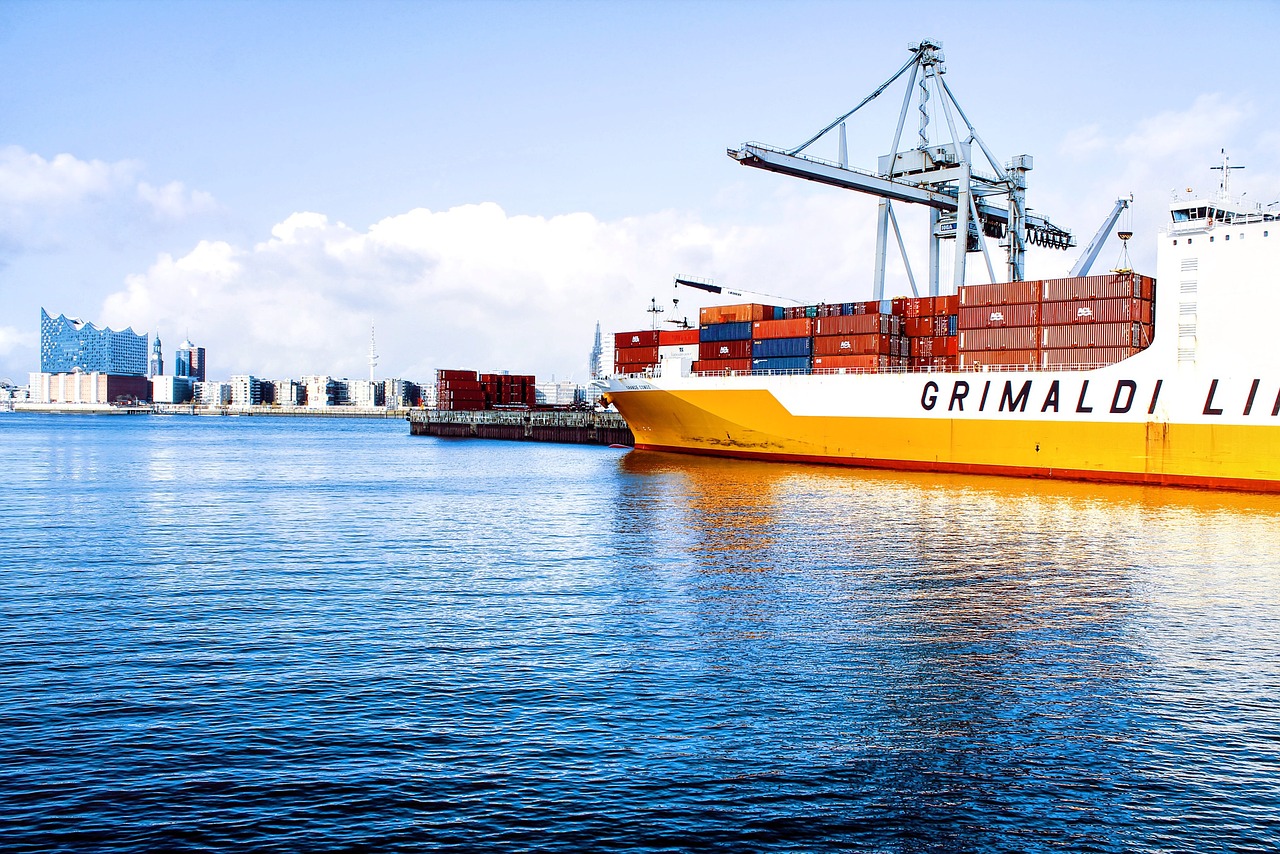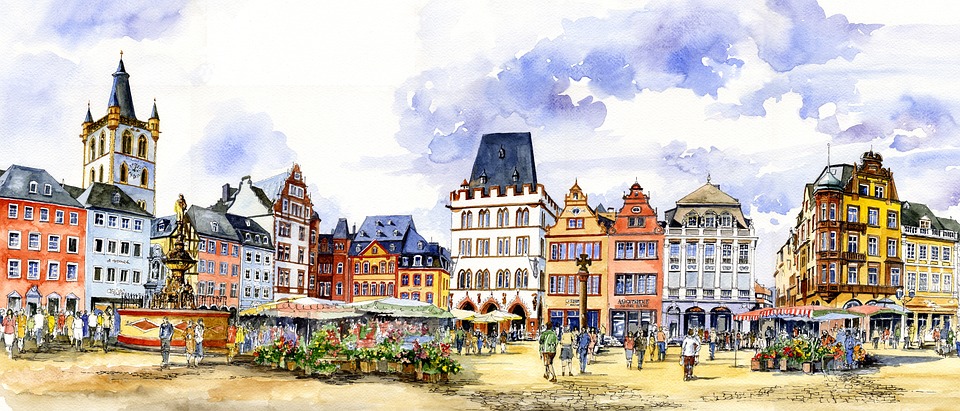What is Remittance?
Remittance is a sum of money sent back to the home country by someone working abroad or in a host country. The term is derived from the word remit, which means to send back. Family members take the benefits of receiving remittances from someone abroad. To facilitate money transfer there are various electronic payment methods available these days.
Migration and income via remittance
With the high frequency in global mobility, it can be observed that at least one person on an average in a family travels to a foreign land and brings some level of remittances home during his/her lifetime. This pattern is observed mostly in the developing economies where people are not only traveling for employment but also seeking permanent settlement in a location different from their own homeland. As a part of the trade of labor (earning) and buying of foreign goods (spending), money keeps on flowing among the nations globally.
The question that persists is, for the countries that are highly dependent on remittance for market spending, is that a sustainable approach for prosperity? When the direct equation is observed for such nations, the human capital is working in a foreign land and sending back a portion, large or small, to their families. The family members are spending that money to buy their daily necessities (their needs) as well as to pursue a higher living standard (their wants).
Effects of migration
The cross border migration of both skilled and semi-skilled workforce results in a gap in the domestic market. For a country with high remittance and high dependency on foreign finished goods, the trade will always result in a negative balance. Provided, individuals are buying more domestic goods, it is definitely a correlation with prosperity. However, if they are alternatively buying finished foreign products, this possesses a long-run threat to the national GDP itself. This raises the concern of higher imports in the nation. A higher import equals the money again going outside of the nation. Mathematically, the remittance is first aiding the economic activity of a nation but ultimately creating negative cash flows because of higher imports of finished goods from other nations.
Long term effects due to high migration and low domestic production
If the human capital is all invested in a foreign land during their highly productive adulthood, the future is rather concerning than the present times. When the same population returns back to the country in the future with little or no prospects for employment, the economy will take a more depressing turn. All the employable years will be a part of some other nation-building process and one’s own nation will remain stagnant and dependent on other economies for goods/services.
This doesn’t give a good future picture of such dependent economies.
The brighter side of the remittance
There are always better solutions that can be planned and executed to give a rise to progressive future using remittances. While some human capital might be working elsewhere, the remittance collected can be ideally invested back in the country for generating wonderful business opportunities. These opportunities must be managed in such a way that the sustainable aspect increases and there is abundance in employment and entrepreneurship.
Conclusion
Remittances can therefore show both positive and some threatening sides to a nation’s economy. However, the winning side lies in human capital bringing the skills back to the home country and give a boost to entrepreneurship. For some, skills are learnable in a country different from their own where more exploration and opportunities are provided. Also, people investing more in domestic products encourages the inner circulation of money. This also gives rise to more business operations and employment opportunities.
Most importantly, the mutual exchange of human capital is an ideal practice for enhanced global economic growth.






Comments